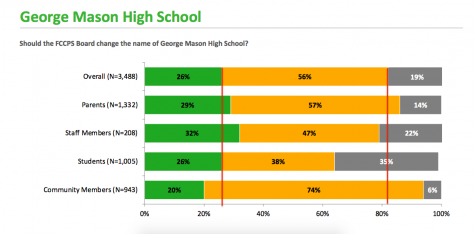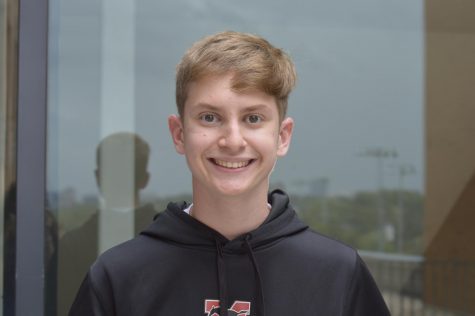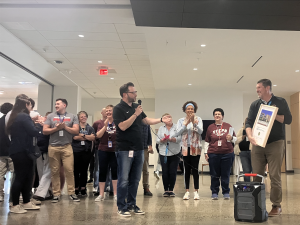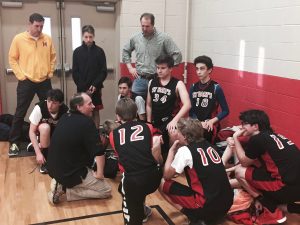Let’s talk about surveys
December 16, 2020

There has been a lot of discussion about surveys in the past couple weeks in Falls Church. When discussing the necessity of changing the names of George Mason High School and Thomas Jefferson Elementary School, the School Board conducted a survey to receive community input about the debate. The results were mixed: 56% of the community who responded to the survey said they were opposed to the name changes. Regardless, the School Board voted unanimously to change the names.
You have probably noticed the reactions to the Board’s decision in the last week. Students have had mixed reactions, with many arguments making their way around the Internet. Same with community members (for proof, just read the latest letters to the editor of the Falls Church News-Press). Various right-wing media outlets have condemned the decision, using the same buzzwords, gibberish, and lies they have used for years to energize their base of viewers.
Many argued their voices weren’t heard with the School Board’s vote, especially because the survey results contradicted the Board’s actions. But after taking a closer look at the survey results, it is increasingly clear that the survey results might not be directly representative of Falls Church’s population.
Taking you to sophomore year government class for a minute: a scientific poll is a representative sample of a larger population used to measure public opinion, generally achieved through a random selection. To make the sample representative of the population, the survey results can be weighed according to its population.
Anyone who wanted to submit a response to the survey was welcome to do so. This should be encouraged but, since no demographic questions were asked, we aren’t sure if the total responses are representative of Falls Church’s population.
We aren’t sure how many minorities responded to the survey. We don’t know if the percentage of minorities who responded to the survey accurately represent the minority population of Falls Church. We don’t know how those who did feel about this topic. We can’t possibly emphasize the voices of the marginalized without accurately representing the marginalized.
The conducted survey was one piece of data, not a vote. It was used as a tool to gauge public opinion, not as a way to make the decision for the School Board. It was used hand in hand with other tools available to guide the Board to its decision.
The survey results could be skewed. Some demographics could be overrepresented and others could be underrepresented. The margin of error is unclear. One post to an alumni Facebook page could have led to an overrepresentation of alumni in the survey. A failure to check their emails could have led to an underrepresentation of parents in the survey.
When applied correctly, this survey could be a useful piece of data. Even though it was flawed, the survey gave us a basic measure of what the community believes. However, we are not sure how much it represented Falls Church’s population, so we can’t make assumptions about how accurate it is and we can’t expect the School Board to make decisions based entirely on the survey.
When you see arguments that the School Board blatantly ignored the survey results, don’t take it at face value. The Board evaluated many factors when gauging public opinion, including the hundreds upon hundreds of pages of comment that was submitted to the record over the last six months. Understand the fact that the survey didn’t tell the whole story and was by no means scientific. Know that this decision was made carefully and there were layers of nuance to it. We should look at the whole picture when judging the School Board’s decision, and do our best to see all perspectives.
This is one of a series of student-written opinions about the potential name change of George Mason High School and Thomas Jefferson Elementary. Read more here.
Opinion articles in The Lasso reflect the opinion of the writer(s). They do not necessarily reflect the opinion of the Lasso Editorial Board or of George Mason High School.









Marshall Davies • Dec 17, 2020 at 1:13 PM
“Various right-wing media outlets have condemned the decision, using the same buzzwords, gibberish, and lies they have used for years to energize their base of viewers.”. With all due respect, this is entirely hypocritical and ridiculous. This is a strawman argument against people who are not in favor of changing the name of the school. It paints the narrative that everyone who disagrees with the decision is a right-wing conspiracy theorist weirdo akin to Alex Jones, even though the majority of people in an overwhelmingly liberal and progressive city voted against it. On the topic of buzzwords and gibberish, watch the CIty Council meeting and see how many times they use meaningless self-appreciative jargon to push their unpopular decision.